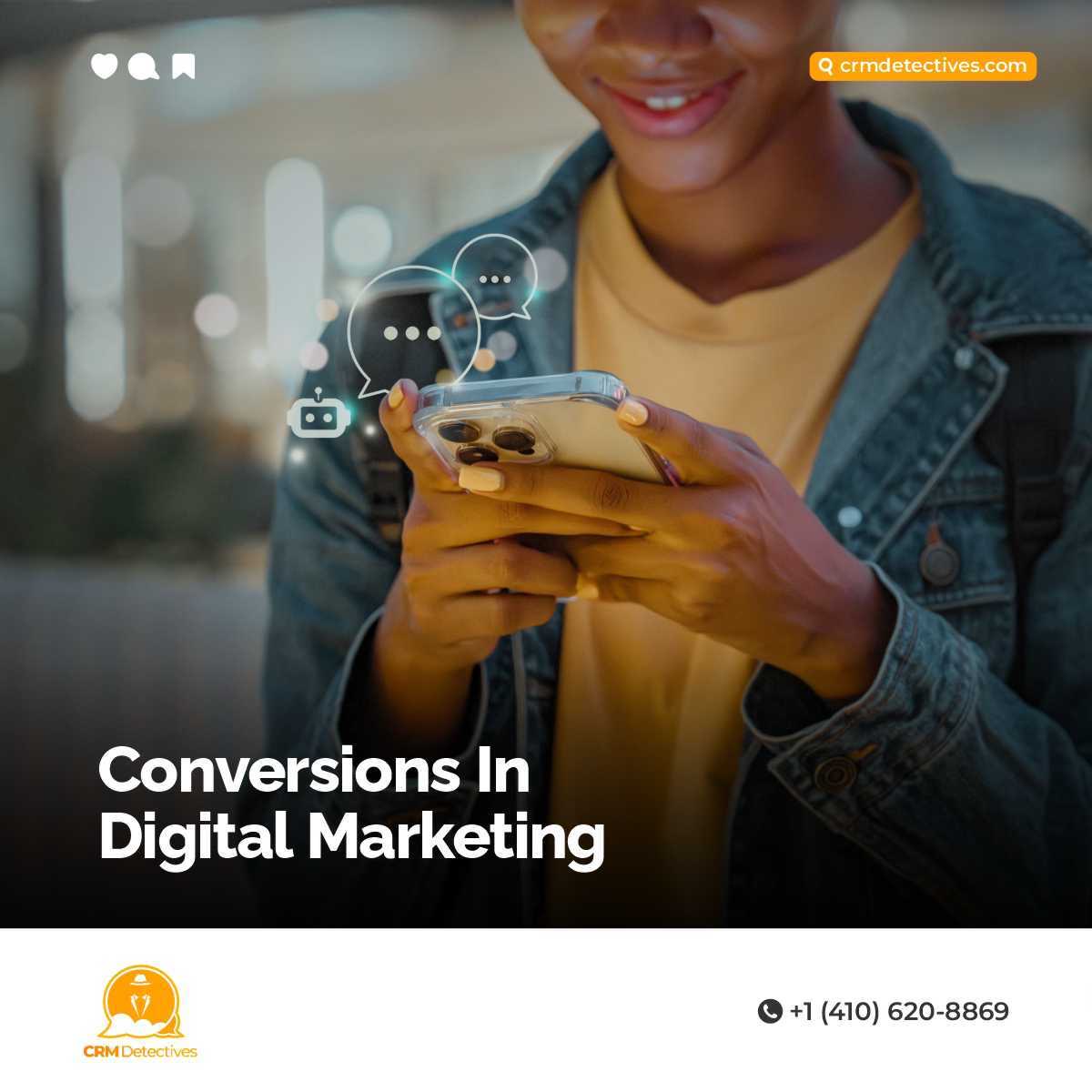In the context of digital marketing, the concept of a “conversion” stands at the center of all strategic planning and performance evaluation. While marketers dedicate significant resources to driving website traffic and generating engagement, it is ultimately the conversion—whether it represents a sale, a sign-up, a download, or another desired action—that validates the effectiveness of these efforts.
Understanding what constitutes a conversion, how to track and optimize for it, and why it matters, is critical for businesses aiming to turn digital visibility into measurable success.
This article provides an in-depth exploration of conversions in digital marketing: from defining what they are and why they matter to explaining practical strategies to increase them and discussing the role of tools and analytics in the process.
Summary
A conversion in digital marketing refers to any user action that aligns with business goals—most commonly completing a purchase, but also actions such as filling out a contact form, subscribing to a newsletter, or downloading content. Conversion rate, calculated as the percentage of total visitors who complete the desired action, is a core performance metric. Improving conversion rates requires understanding user intent, optimizing design and messaging, leveraging data analytics, and engaging in ongoing testing. A deliberate approach to conversion optimization can turn online traffic into tangible business outcomes.
What is a Conversion?

In digital marketing, a conversion occurs when a visitor to a website or digital platform completes an action deemed valuable by the business. This action could range from buying a product to registering for a webinar or clicking on a specific call-to-action button.
A conversion transforms passive engagement into a measurable outcome, making it a cornerstone of return on investment analysis for digital campaigns. Unlike raw traffic metrics, conversions directly indicate the effectiveness of marketing strategies in encouraging users to take meaningful actions.
Types of Conversions in Digital Marketing

Conversions can be broadly categorized into two groups:
• Macro-conversions: These represent primary goals, such as completing a purchase, requesting a quote, or becoming a paying subscriber.
• Micro-conversions: These are smaller actions that indicate user interest or engagement, such as signing up for a newsletter, adding an item to the cart, or sharing content on social media.
Both types are significant: macro-conversions typically align directly with revenue, while micro-conversions often serve as indicators of potential future macro-conversions.
Conversion Rate and Its Importance

The conversion rate is calculated as follows:
Conversion Rate = (Number of conversions ÷ Total visitors) × 100
For example, if an ecommerce website receives 5,000 visitors in a month and achieves 250 sales, the conversion rate would be 5%.
A higher conversion rate implies that a greater proportion of website visitors are taking the desired action, often leading to better revenue or cost-efficiency in advertising campaigns. Monitoring this metric helps businesses understand whether digital strategies are resonating with users and delivering returns.
Factors Affecting Conversion Rates

Several factors can influence whether a visitor becomes a customer or takes another valuable action:
• Website design and usability: Clear navigation, fast-loading pages, and mobile responsiveness improve user experience.
• Content quality: Compelling copy, strong calls-to-action, and visuals aligned with brand identity encourage engagement.
• Trust signals: Customer reviews, security badges, and professional design enhance credibility.
• Offer relevance: Personalization and segmentation ensure offers align with user interests.
• Technical performance: Issues such as broken links or slow load times can reduce conversions.
Strategies to Improve Conversions

To increase conversions, businesses can adopt several practical strategies:
• Optimize landing pages: Focus on clarity, brevity, and targeted messaging that resonates with user intent.
• A/B testing: Experiment with variations of headlines, images, and call-to-action buttons to identify what performs best.
• Leverage social proof: Incorporate testimonials, reviews, or user-generated content.
• Simplify forms: Reduce the number of required fields to lower friction.
• Use remarketing: Re-engage visitors who previously showed interest but did not convert.
These strategies require ongoing refinement rather than a one-time effort.
Tools for Tracking and Analyzing Conversions

A range of digital tools helps marketers track conversions and understand user behavior:
• Google Analytics: Offers goal tracking, funnel visualization, and audience segmentation.
• Conversion pixels: Used in platforms like Facebook Ads and Google Ads to measure campaign effectiveness.
• Heatmaps and session recordings: Tools like Hotjar or Crazy Egg show where users click and how they navigate.
• Customer Relationship Management systems: Integrate offline sales data to capture the full conversion journey.
The Role of Testing and Optimization

Conversion Rate Optimization (CRO) is the ongoing process of refining digital assets to increase the percentage of visitors who complete desired actions. It includes:
• A/B testing: Comparing two versions of a webpage or element to see which performs better.
• Multivariate testing: Testing multiple elements simultaneously to assess combined impact.
• User feedback: Surveys or usability studies to identify friction points.
Continuous testing, supported by data analytics, ensures strategies remain effective as user expectations and market conditions evolve.
Conclusion
Conversions represent the bridge between marketing activities and business outcomes. They allow businesses to move beyond vanity metrics like page views and instead focus on actions that deliver real value. By understanding different types of conversions, tracking performance accurately, and committing to ongoing optimization, organizations can increase their marketing efficiency and achieve sustainable growth.
In an increasingly competitive digital environment, prioritizing conversion-focused strategies ensures that every visitor interaction moves closer to fulfilling business objectives.
FAQs
Question 1: What is a good conversion rate?
Answer: It varies by industry, but ecommerce sites often aim for 2–5%, while niche services may achieve higher rates due to targeted audiences.
Question 2: How do micro-conversions help businesses?
Answer: They provide insight into user engagement and can predict future macro-conversions, guiding content and design improvements.
Question 3: Are conversion rates only important for ecommerce?
Answer: No. Conversion rates apply to any goal, including lead generation, app downloads, or content subscriptions.
Question 4: What is the difference between a click-through rate and a conversion rate?
Answer: Click-through rate measures the percentage of users who click on a link, while conversion rate measures those who complete a desired action after visiting.
Question 5: Can personalization improve conversions?
Answer: Yes. Tailoring content and offers to individual preferences often significantly increases user engagement and conversion likelihood.

This was such a timely read for me. I used to think that high website traffic or social engagement automatically meant my marketing was working, but this article helped me realize that conversions are the real metric that matters. Understanding how to define a conversion based on my goals, and how to actually increase them, has completely shifted how I look at my strategy. The breakdown of tools and techniques was clear, actionable, and exactly what I needed to take things to the next level.